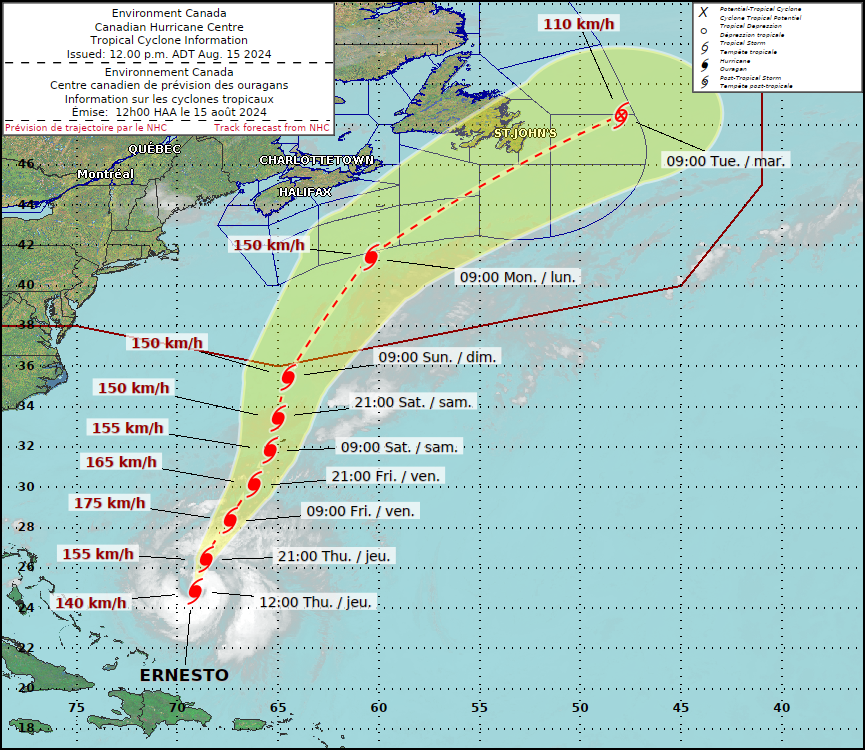Late Season Storms Bring a Slight Severe Risk for Southern Saskatchewan Tuesday Evening and Through Wednesday Morning
/As we continue later into September, it seems that summer is still hanging on, with some active weather this morning and into the afternoon and additional stronger severe storms beginning later this evening that will continue into Wednesday morning. The combined wind, hail, and tornado threat from the impending storms has resulted in a Slight Risk for a large portion of Southern Saskatchewan.
The storms will start to develop as individual cells along the border in the early to mid-evening in Southwest Saskatchewan. This will be followed by a line of storms from south of the border that will make their way northward into the province later in the evening and into the overnight hours. A final round of storms is expected to arrive a few hours later, spreading much further north into Central Saskatchewan and weakening later into the morning. Due to the positioning of the low pressure that these storms will the centred around, areas closer to the Alberta border could see steady moderate rainfall lasting throughout Wednesday afternoon and evening.
These storms are expected to produce hail that could be larger than a toonie, along with damaging wind gusts upwards of 100km/h, and the possibility of one or two tornadoes. There is also the concern of localized flooding, particularly further west, where the storms and the subsequent extended period of rainfall could bring up to 100mm of rain.



























































